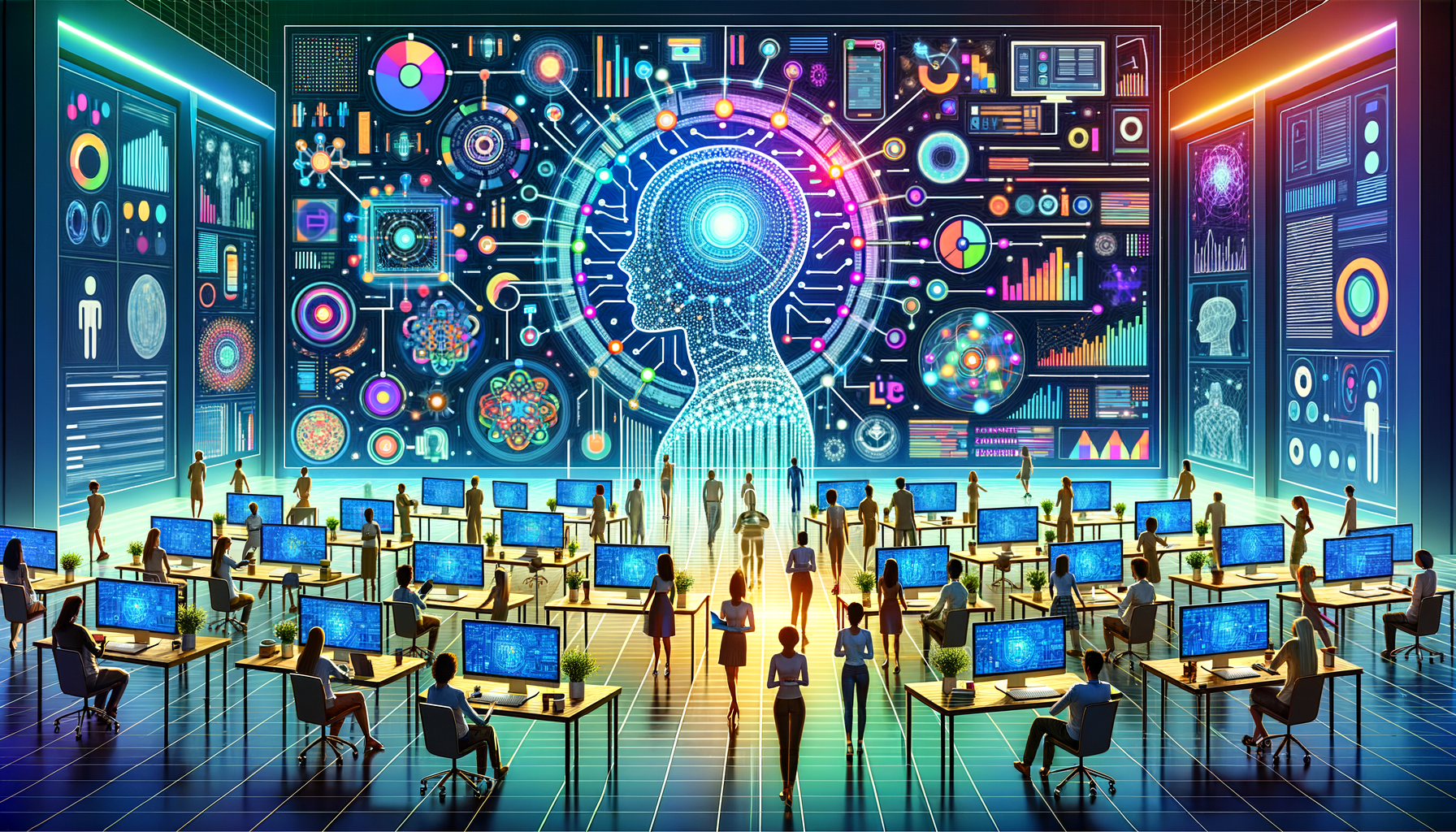In a significant technological leap, OpenAI has announced the release of GPT-5, marking a pivotal moment in artificial intelligence evolution. Alongside this release, several notable updates to ChatGPT aim to redefine user interaction with AI-driven conversations by offering enhanced customization, improved performance, and innovative functionalities.
Zooming In
The Evolution of AI Language Models
Since its inception, ChatGPT has become a cornerstone of AI-driven conversational applications, widely adopted across sectors for its ability to generate human-like text responses. With the introduction of GPT-5, OpenAI has set the stage for the next generation of AI applications, focusing on greater speed, intelligence, and user adaptability. This update continues the tradition of OpenAI’s commitment to enhancing natural language processing capabilities.
Key Enhancements in ChatGPT
Model Integration and Auto-Switching
One of the most transformative changes is the elimination of the model picker feature. ChatGPT now operates on a unified GPT-5 platform, which integrates previous iterations into a singular, more robust model. This auto-switching system enhances responsiveness and reduces the necessity for users to manually select different models for specific tasks. However, advanced features such as model choice remain available to premium ChatGPT Plus, Pro, and Team users, with Pro plan holders having access to the sophisticated GPT-Thinking Pro model.
Introduction of Personalities
In a bid to create more personalized user interactions, OpenAI introduces four new ChatGPT personalities-Cynic, Robot, Listener, and Nerd. Each offers unique conversational styles, ranging from sarcasm to enthusiasm for knowledge, allowing users to tailor responses to their preferences. This addition aims to cater to varying user needs, whether for entertainment, precision, empathy, or detailed explanations.
Enhanced Vibe Coding Capabilities
The concept of vibe coding, leveraging AI to generate code from natural language prompts, receives a significant boost. GPT-5’s advanced processing abilities allow ChatGPT to efficiently tackle complex and detailed requests, improving the accuracy and functionality of AI-generated applications or websites. Users can now interact with the generated interface through a new feature called Canvas, offering a more hands-on experience.
Customizable Interface
Personalization reaches a new level with customizable UI options. Users can now select an accent color, impacting the aesthetics of conversation bubbles, voice buttons, and highlighted text within ChatGPT’s interface. This feature offers consistency across devices, including seamless configuration on mobile platforms.
Advanced Voice Mode
ChatGPT’s voice capabilities take a leap forward, especially for paid subscribers. The updated advanced voice mode enhances the realism of spoken interactions and provides users with the flexibility to modify the AI’s vocal style. This mode also opens integration with custom GPTs, expanding its utility and appeal.
Integration with Google Services
OpenAI simplifies the interaction between ChatGPT and Google’s ecosystem, allowing users to connect Gmail and Google Calendar. This integration presents personalized assistance by analyzing emails and schedules, offering a streamlined approach to planning and notifications. This feature becomes accessible to Pro users next week, with plans to extend it to other tiers subsequently.
The Broader Impact on AI and Technology
The roll-out of these updates alongside GPT-5 significantly positions OpenAI at the forefront of AI advancements. By addressing user demand for more personalized, efficient, and intelligent systems, OpenAI enhances the user experience and sets a new benchmark in conversational AI technology. These changes not only enrich individual user interactions but also hold potential implications for business processes and the broader digital landscape, fostering greater integration in digital ecosystems.
As AI continues to permeate everyday life, these advancements indicate a future where technology becomes increasingly adaptable, intuitive, and aligned with human interaction demands.









